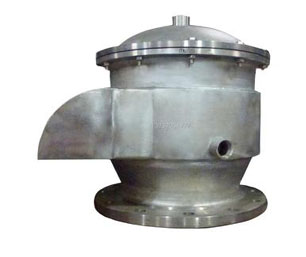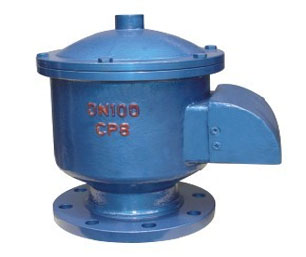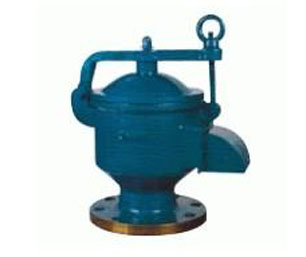In layman's terms, stainless steel is steel that is not easy to rust. In fact, some stainless steels have both rust resistance and acid resistance (corrosion resistance). The rust resistance and corrosion resistance of stainless steel are due to the formation of a chromium-rich oxide film (passivation film) on its surface. This kind of rust resistance and corrosion resistance are relative. Tests have shown that the corrosion resistance of steel in weak media such as the atmosphere and water and oxidizing media such as nitric acid increases with the increase of the chromium content in the steel. When the chromium content reaches a certain percentage, the corrosion resistance of the steel changes suddenly. , That is, from easy to rust to not easy to rust, from no corrosion resistance to corrosion resistance.

Stainless steel materials include: stainless steel strips, stainless steel rods, stainless steel plates, stainless steel wires, stainless steel tubes, product brands: SUS310S, 309S, 316L, 316, 316Si, 317, 304, 304L, 309, 305, 31403, 321, 301, 202 , 201, etc.;
In many industrial applications, stainless steel can provide today's satisfactory corrosion resistance. According to experience in use, in addition to mechanical failure, the corrosion of stainless steel is mainly manifested in: a serious form of corrosion of stainless steel is localized corrosion (ie stress corrosion cracking, pitting corrosion, intergranular corrosion, corrosion fatigue and crevice corrosion) . The failure cases caused by these local corrosion accounted for almost half of the failure cases. In fact, many failure accidents can be avoided through reasonable selection of materials.
放料阀厂家http://www.fangliaofa.net/
不锈钢放料阀http://www.bxgflf.cc/






